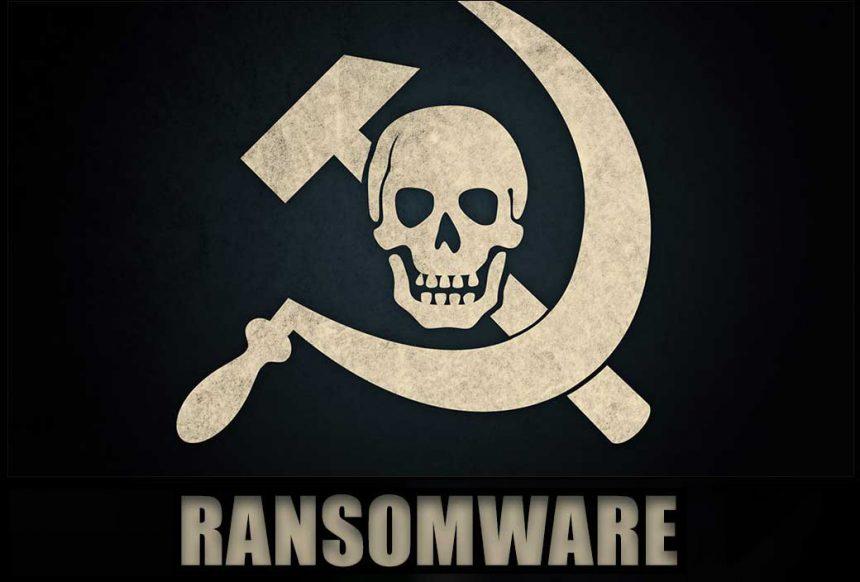In the rapidly evolving landscape of cybersecurity threats, ransomware remains a persistent and formidable adversary. Among the recent strains to garner attention is the Reload ransomware. This nefarious software encrypts the victim’s data, rendering it inaccessible until a ransom is paid. Understanding the behavior, impact, and mitigation of Reload ransomware is crucial for individuals and organizations aiming to protect their digital assets.
Actions and Consequences of Reload Ransomware
Reload ransomware operates by infiltrating a system through various vectors, such as phishing emails, malicious downloads, or exploit kits. Once inside, it begins its encryption process, targeting a wide range of file types, including documents, images, and databases. The encryption algorithm used by Reload ransomware is typically robust, making decryption without the key extremely difficult, if not impossible.
Upon successful encryption, Reload ransomware displays a ransom note, demanding payment, often in cryptocurrency, to release the decryption key. The consequences of such an attack can be severe, especially for businesses that rely on constant access to their data. The downtime caused by the encryption can lead to significant financial losses, reputational damage, and, in some cases, legal ramifications if sensitive customer data is involved.
The ransom note left by the .reload ransomware:
Your files are encrypted and stolen, all encrypted files have the extension .reload
To restore your files so that they are not published on the Internet, you need to contact us as soon as possible!
Our contact email address: reload2024@outlook.com
Your files may be published on the Internet if you ignore this message.
– You will lose your files if you do not write to us to recover your files!
– You will lose your files forever if you use intermediary companies and programs from the Internet to recover your files!
Detection Names for Reload Ransomware
Various cybersecurity firms may identify Reload ransomware under different names based on their detection algorithms and databases. Some common detection names might include:
- Trojan:Win32/Reload.A
- Ransom:Win32/ReloadCrypt
- Ransom.Reload
- Filecoder.Reload
Similar Threats
Reload ransomware is part of a broader category of ransomware threats, each with its unique characteristics but similar modus operandi. Notable examples include:
- WannaCry: A widespread ransomware attack that exploited a vulnerability in Windows OS.
- Locky: Known for its rapid dissemination via spam emails.
- Cryptolocker: One of the early and well-known ransomware types, notorious for its strong encryption.
- Ryuk: Targeted primarily at enterprises, causing significant disruptions.
Removal Guide for Reload Ransomware
Step 1: Disconnect from the Network
To prevent the spread of the ransomware to other systems, immediately disconnect the infected device from any network connections, including Wi-Fi and Ethernet.
Step 2: Enter Safe Mode
Reboot the infected device into Safe Mode. This can be done by restarting the computer and pressing F8 (or the appropriate key for your system) before Windows loads. Select “Safe Mode with Networking” from the options.
Step 3: Delete Temporary Files
Deleting temporary files can help in removing some malware components. Use the Disk Cleanup utility by typing “Disk Cleanup” in the Windows search bar, selecting the drive to clean, and following the prompts.
Step 4: Identify and Terminate Malicious Processes
Open the Task Manager by pressing Ctrl + Shift + Esc. Look for suspicious processes that might be linked to the ransomware. Right-click and select “End Task” for these processes.
Step 5: Remove Malicious Files
Navigate to the following directories and look for newly added files or files with suspicious names. Delete any that are clearly associated with the ransomware:
- %AppData%
- %LocalAppData%
- %ProgramData%
- %Temp%
Step 6: Check for Malicious Registry Entries
Open the Registry Editor by typing “regedit” in the Windows search bar. Navigate to the following keys and look for suspicious entries:
- HKEY_CURRENT_USER\Software\Microsoft\Windows\CurrentVersion\Run
- HKEY_LOCAL_MACHINE\Software\Microsoft\Windows\CurrentVersion\Run
Delete any entries that are clearly linked to the ransomware.
Step 7: Restore System Files and Settings
Use the System Restore feature to revert your computer’s state to a point before the infection occurred. Type “System Restore” in the Windows search bar, follow the prompts, and choose an appropriate restore point.
Step 8: Decrypt Files
If backups are available, restore the encrypted files from a clean backup. If no backups exist, you may need to use a decryption tool specific to Reload ransomware if available. Otherwise, contact a cybersecurity professional for assistance.
Best Practices for Preventing Future Infections
- Regular Backups: Maintain regular backups of your important data. Ensure backups are stored offline or in a secure cloud environment.
- Update Software: Keep your operating system, antivirus software, and all applications updated to patch vulnerabilities.
- Email Vigilance: Be cautious with email attachments and links. Verify the sender’s authenticity before opening.
- Use Strong Passwords: Implement strong, unique passwords for all accounts and enable multi-factor authentication.
- Network Security: Use firewalls and intrusion detection systems to monitor and protect network traffic.
- User Training: Educate employees and users about the dangers of ransomware and safe internet practices.





